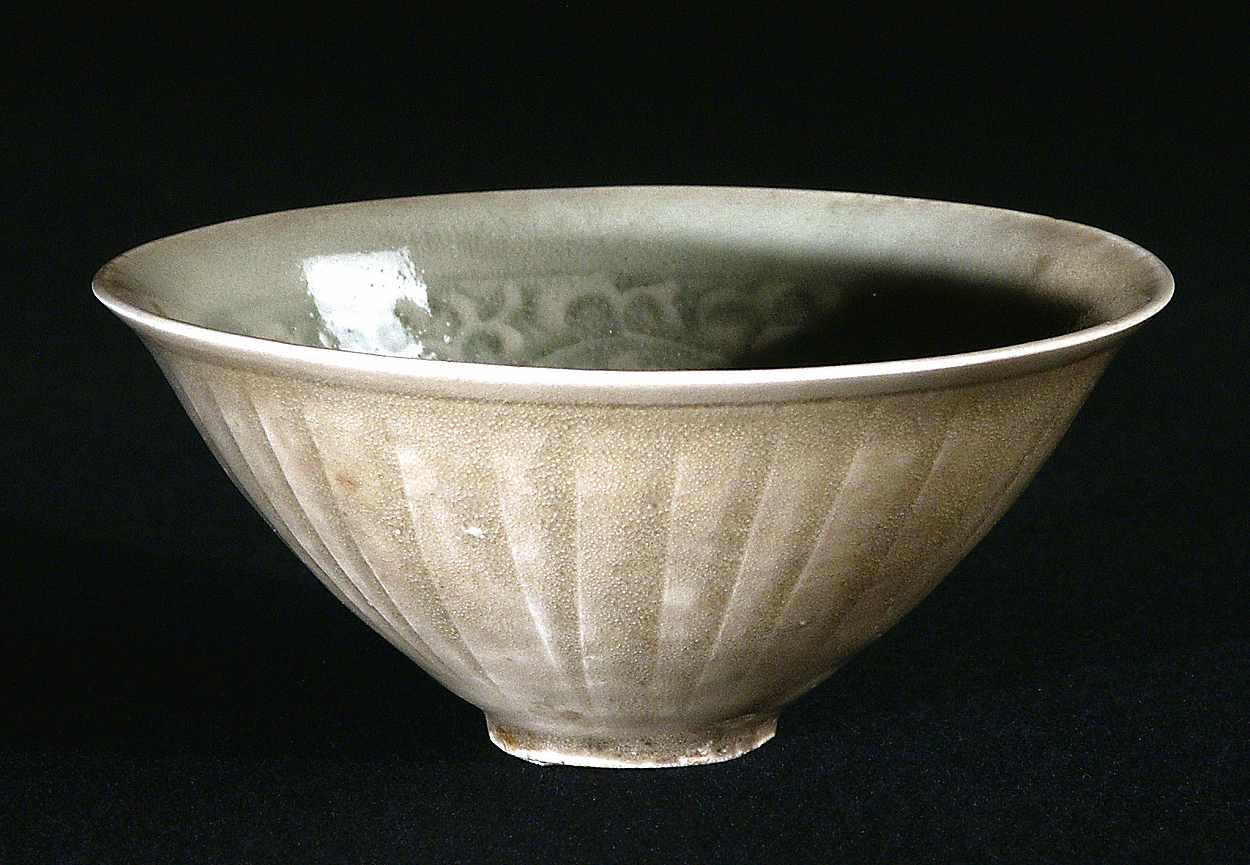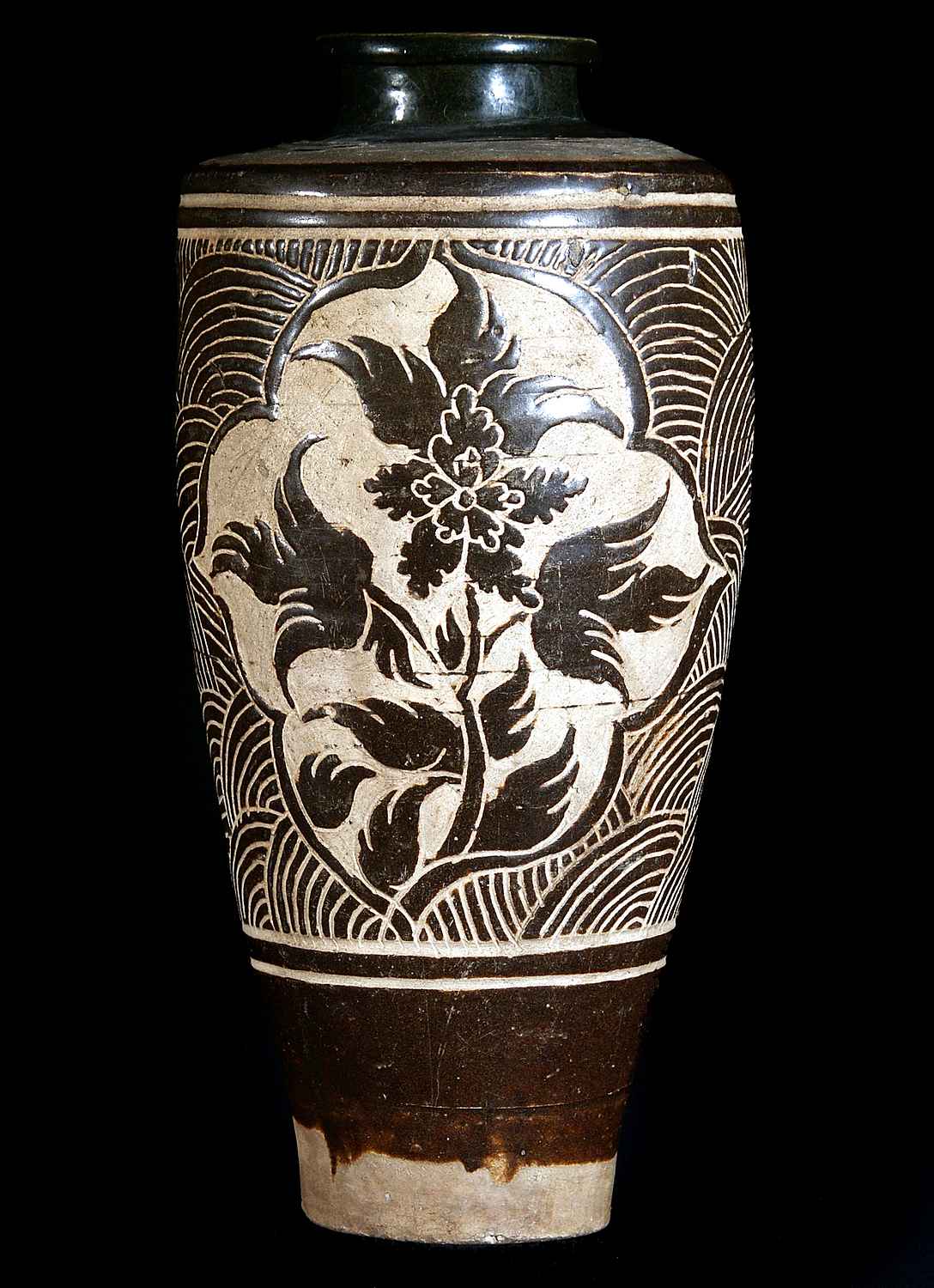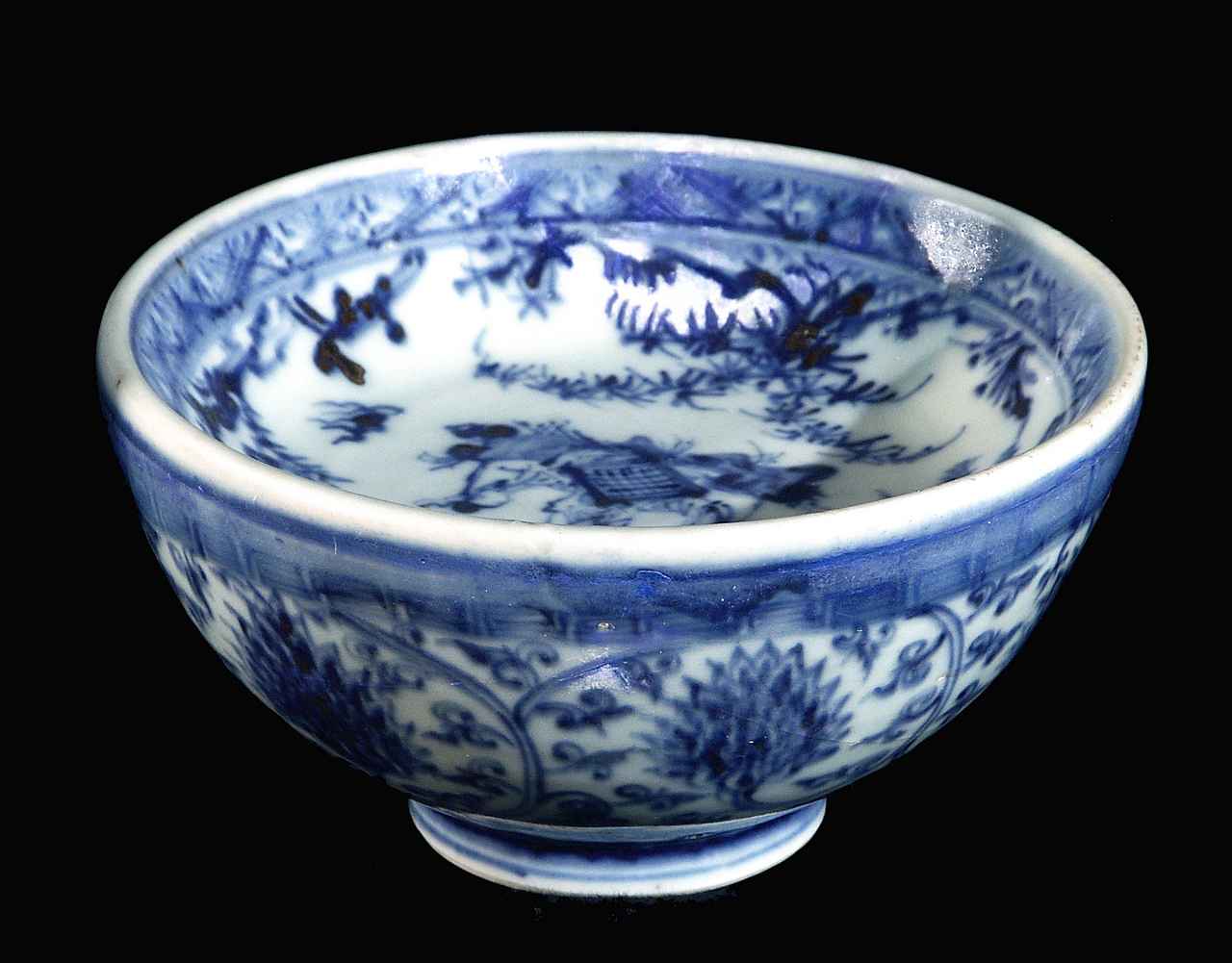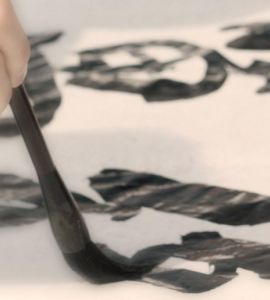The Art of Porcelain

Prof. Nicoletta Celli
Of all the inventions in the Chinese ceramic industry, porcelain certainly has pride of place.

Bowl with molded decoration
Song Dynasty (960-1279)
The discovery of the properties of the new ingredient, kaolin, dates from the end of the sixth century, but the use of this new material was perfected during the subsequent Tang Dynasty.
According to the definition used in the West, porcelain is distinguished from other ceramics through the properties it enjoys in abundance: especially its whiteness, translucency, impermeability, hardness and resonance.
Shrouded in mystery like other arcane aspects of Chinese art, the secret of exactly how it was made was kept for centuries, until in the early eighteenth century porcelain began to be produced in Europe too.
The range of different ceramic wares increased rapidly from the tenth century, as did the number of kilns producing them, and important technical refinements helped heighten the renown of Song ceramics.

Vase Meiping
North Xia Dynasty
Earlier forms continued to be produced, such as Yaozhou (Shaanxi) celadons, and were joined by other new wares, like the blue-and-white (qingbai) pottery made at the Jingdezhen kilns (Jiangxi) and Cizhou ware, with sgraffito decoration (design incised through the slip), which was produced in the north of the country.

Zhuge Bowl
Ming Dynasty
A selection of ceramics on display represents the wares produced during the Yuan, Ming and Qing Dynasties, starting with the famous blue-and-white (qinghua) porcelain with underglaze cobalt blue decoration, whose fame is also linked to the considerable export trade in these articles to Asia and Europe.
Experiments during the Qing period led to the development of porcelains with bright monochrome glazes in various shades of yellow, green, red and blue, each of which known by a specific name that has come down to the present day.

Dish - Qing Dynasty
The exhibition ends with polychrome wares beginning in the Ming period and continuing throughout the Qing Dynasty. Porcelains decorated with overglaze enamels are conventionally classified according to the predominant color.

